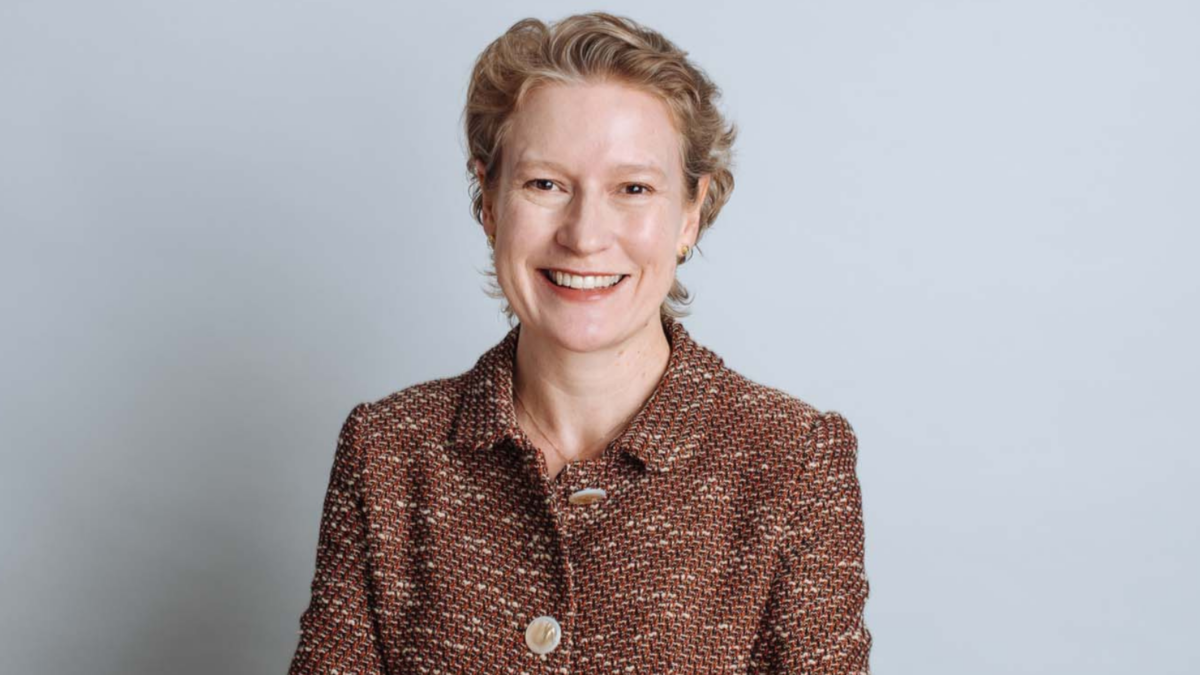Precise Risk in Imprecise Markets
There are probably few things more certain to glaze the eyes of investors than discussing risk-adjusted returns or efficient frontiers, never mind Sharpe ratios and the like. To be transparent, how many within the industry really focus on these statistics when creating a portfolio? As the momentum shifts away from 60/40 portfolios, the traditional volatility risk measure is even less relevant. Assuming investing is about taking risk to achieve returns, we are in our comfort zone on returns, but waver when being clearer on the risk.
Anyone in a failed investment scheme knows risk is the permanent loss of capital. For many others it’s that the goal of the portfolio is not achieved, allowing for ill-defined goal posts.
Volatility preys on the notion that assets priced in traded markets exhibit behavioural characteristics that are not necessarily a reflection of their risk or potential contribution to the desired outcome.
“Efficient” is based on the least waste to achieve desired outcome. This sounds like a plausible requirement, though the theoretical frontiers are overly constructed as if there is a simple continuum. True efficiency adds layers of complexity – tax, fees and liquidity – yet these are given lip-service. Tax requires specialist knowledge, fees are a constant battleground and liquidity can be a function of conditions. We can reconsider high trading strategies, be attuned to tax gains close to financial year end, egregious fee structures and ‘pretend’ liquidity.
How about a resilient portfolio? It sounds like waffle, but can be based on upside participation and protection on the downside. To do it properly requires scenario testing.
Instead of parading out volatility risk, efficient frontiers or scenarios, the answer may lie in plain language. An investment portfolio incorporates a range of views and options. Some of these may appear in conflict as they are designed to offset each other in alternative and unpredictable economic circumstances.
Investors are exposed to the opinions of their advisors. In common with most walks of life, there is diversity on nearly all aspects of markets. COVID is a reminder just how easily opinions become apparent facts and that there is a huge disparity in how individuals view their risk.
There is no optimal portfolio. One investment may appear to satisfy the requirement: let’s say a single low-vol equity with reasonable yield and real capital growth. That would be optimal, yet lacks resilience. Currently it may be suitable for some portfolios to hold cash. Returns are near-zero, but at least in the short to medium term, so too is capital loss. In turn, this may mean the rest of the allocation can be directed towards so-called high-risk investments, on the understanding that these can tolerate price action.
In tune with the growing notion that discrete asset classes make less sense, consider how to allocate risk within the financial sector in Australia. Historically it’s the Big Four banks dominating the Australian equity component. Instead, one can now participate in private credit or bank loans in a fund structure and this would also be part of a similar financial-sector risk. Therefore, cap the allocation to a combination of listed bank equity, hybrids and private credit. Traditional risk measures will not be helpful, as these would be relatively uncorrelated based on historic data. Yet lending is lending, and an appetite for business and household debt determines their respective fortunes.
Risk is viewing investments through a single lens, with embedded pre-conceived ideas and historic data. A degree of illogical differentiation may be a good thing. Inflation a risk? Allocation to gold or real assets. Inflation not a risk? Equity valuations stay high. Have a bit of both.










